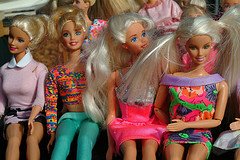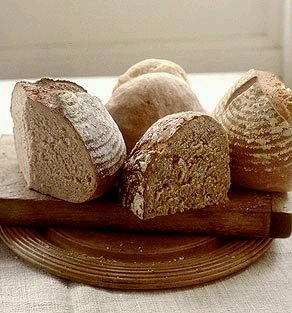Let There Be Light!
 A hot topic on everyone's lips in Buenos Aires right now is if we would have an energy crisis this summer.
A hot topic on everyone's lips in Buenos Aires right now is if we would have an energy crisis this summer. According to this journalist, the Government, confronted by the likelihood of a crisis, has rejected the following suggestions:
Firstly, Argentina will not consider daylight saving as a measure to stagger and delay peak energy consumption in the evenings because that will imply our country does have an energy crisis.
Secondly, the Government will not intervene (shorten) the opening hours of shopping centres (heavy users of electric energy) during the summer months because that will also imply Argentina does have an energy crisis.
This sort of logic may drive even the most rational minded to bang their head against a wall. Head banging incomprehension aside, this bureaucratic mentality has probably played no insignificant role in the continuous brain drain from this country.
This year, Guillermo and I are joining the masses in their retreat from the city between January and February. We are not going to the porteño favourites such as Punta del Este, Carilo or Pinamar but Sydney. Unfortunately, we don't have to wait until November to experience a crisis; we are having one right at this moment.
For us, this crisis is more serious than not being able to turn on air-conditioning or watch television. We have no gas which means we have no hot water. Further, since I'm adamant in not cooking with spooky, health damaging microwave, my cooking has been severely limited by the size of our microwave cum electric oven. Brownies and cakes are lovely but do not make great dinner choices.
For the time being, we travel up to Belgrano for our hot showers at my in-laws'. The staffs at our local greasy spoon are seeing a lot more of us. This morning, we finally decided to buy a small gas cooker which runs on individual cans of gas (like those used for Chinese steam boats).
We have no idea when the gas is going to be back on. The minor leak on our street has been fixed since the week before last. There seems no reason for this drastic measure but I've been told that this is Metro Gas' standard procedure. They are sending someone to inspect every apartment to find non-compliant installation of electric appliances such as heaters and thermo water tanks. Only when every single apartment is in compliance, will they turn the gas back on.
There are 24 apartments in our block; at their snail's pace, it will take them a couple of weeks to finish inspection, and they have not even started yet. More worryingly, this is a historic building; many installations were done according to now out-dated regulations so they are bound to find non-compliance.
Many of my neighbours are retired professionals; while they still dress well and have fine, old fashion manners, they did go through a major financial crisis not so long ago. I'm not sure if all of them can easily fork out, in one lump sum, for brand new equipments and installation. If one says he can't afford it, all of us are screwed.
I'm in favour of getting everything right in the whole building but I'm sure there are better ways to go about it. Anyway, we are having an owners' meeting next week to find solutions. I think this would go down as another cultural experience.
























